______________
Created to provide a “novel way of transferring a kiss through interactive digital media,” the Kissenger works by first capturing the pressure patterns you create with your lips before recreating it, with the help of actuators, on your other half’s globular kissing assistant. The Kissenger can also facilitate two other modes of interaction as well: human-to-robot kissing and human-to-virtual character physical/virtual kissing.
_______________
On November 02, 2000, a person calling themselves Time traveller 0 and later John Titor, started posting on a public forum that he was a time traveller from the year 2036. One of the first things he did was post pictures of his time machine and its operations manual. As the weeks went by, more and more people began questioning him about why he was here, the physics of time travel and his thoughts about our time. He also posted on other forums including the now non-existent Art Bell site. In his posts John Titor entertained, angered, frightened and even belittled those who engaged him in conversation. On March 21, 2001, John Titor told us he would be leaving our and returning to 2036. After that, he was never heard from again. Speculation and investigation about who John Titor was and why he was online continues to this day.
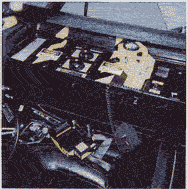

_______________
some dronesounds realised with the weird sound gegerator (built by subtle noise maker) combined with the rainbowmachine by earthquaker devices and the echopark delay by line6.
_______
The Chopper

_______________
The Lucid Dream Machine gives you the ability to take control of the action in your dreams without waking up, it’s like your awake inside your dreams and fully aware of the fact that your actually dreaming. The machine works by flashing two red LEDs in your closed eyelids while your sleeping, these make your eyes receive light, and send the information to the brain making it alert but not affecting your sleep, you gain consciousness and wake up in a dream. Once you hit that point you can do whatever you want. You have free access to the natural reserves of Adrenaline and Melamine which your body holds “people often take heavy drugs like “Methamphetamine” to unlock these magic potions”.
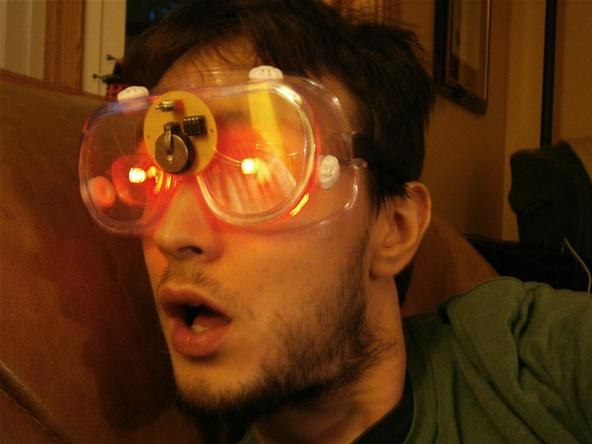
_______________
Cat Mew was a mouse scaring machine that made cat noises. It was introduced in 1943 and was moderately successful for a period of 8 months before its novelty wore off.
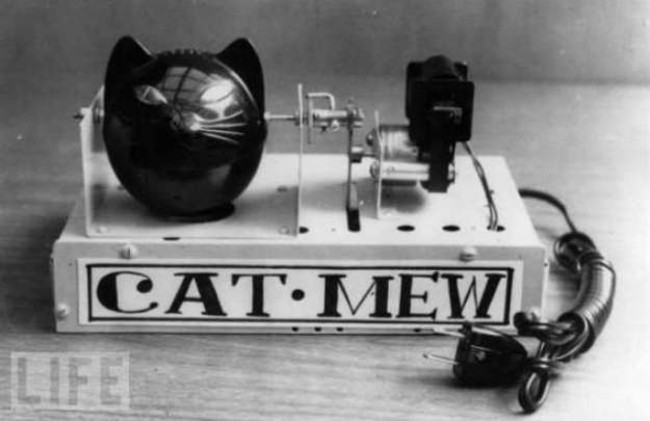
________________
Disney Imagineers reveal their most sophisticated audio animatronic to date, the new Abraham Lincoln for Disneyland’s revised “Great Moments with Mr. Lincoln” attraction. The old Lincoln figure had 6 functions in the face, but this new one includes 19. Lincoln’s mouth is now able to form vowels such as “O”.
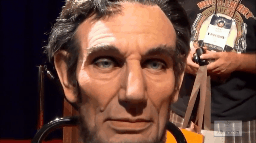
________________
Roxy Paine ‘Scumak No. 2’ (2000), aluminum, computer, conveyor, electronics, extruder, stainless steel, polyethylene, teflon, 890 x 73 x 276 inches
________________
Employees searched for 62-year-old Jose Melena after he went missing during an early morning shift at Bumble Bee Foods. He had been performing maintenance in a 35-foot long oven at the plant when a co-worker filled the pressure cooker with more than five tonnes of canned tuna and switched it on. The colleague mistakenly believed Melena was in the bathroom – but he was locked inside the machine, which reached a temperature of 132C. His body was only found two hours later when the oven was turned off and opened.

________________
Are you ready to take your sexual experience to a new level? Fucking machines are the next generation in sex toys. These virtual lovers offer you complete control over your sensations and give you access to total sexual gratification on demand. Fucking machines are gaining so much popularity because of how well they satisfy your most carnal desires. Men are able to redefine their sexual experience and get the ass fucking of their lifetime and as much pleasure as they desire for as long as they want it.



_____________
Smoke ring machine

________________
Scientist Rhawn Joseph sues NASA, alleges it’s failing to investigate alien life on Mars. Rhawn Joseph is suing the space agency after it released photos last week unexplained showing machine parts on Mars. Joseph claims NASA is failing to investigate alien life and wants the rover to go back and snap more photos of the mysterious machinery. According to NASA, they’re just rocks. But Joseph, a key writer with the online Journal of Cosmology, says the “rocks” are “clearly machine parts, and, in one case, a helmet obviously worn at one time by a worker with these machines.” He has now filed a lawsuit in a California court to make NASA examine it more closely. “The refusal to take close up photos from various angles …to release high resolution photos, is inexplicable” his suit adds.

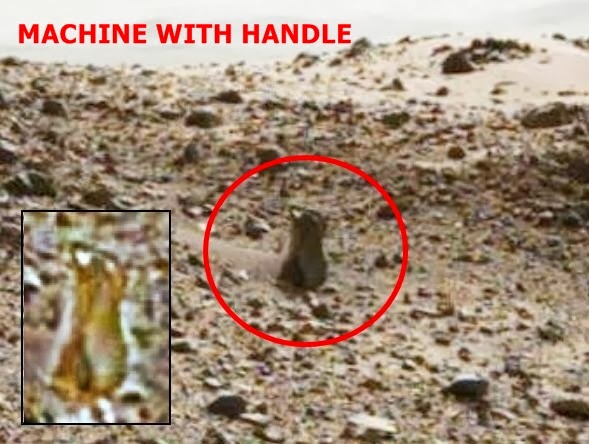





______________
The K’nex Pinball has been created by instructables user Alocke, and includes a numb rod different routes for the balls to take including some excellent lifts which have been created to transport the balls from certain locations within the pinball machine.
_______________
A javascript counter automates the On Kawara time-based “Date paintings” from his Today series. The script begins on January 4, 1966, the date of Kawara’s first painting, and counts upward toward the actual date checked in the operating system clock. The CSS code produces the look of the paintings, using futura bold typography on a black background. The project will be completed on the date of On Kawara’s death, at which time a new variable will be added to the code to make the counter end (reset) on that day.

_______________
Artist Rebecca Horn writes of the Peacock Machine, “sparked by the cries of the courting male peacocks, a machine in the center of the eight-sided temple begins to stir and spreads its long metal feelers fan-like into the room, in deep concentration, startled as it brushes against the wall, soothed by the sound of the golden waterfall, the opened semicircular fan dips down to the floor protectively closing off the room”.

________________
Walking Head is a pneumatically driven robot by the Australian performance artist Stelarc. It has six legs and awaits the spectators in a small gallery and performs a brief choreography when someone stands directly in front of him.
_________________
Hope, Arkansas — A seven-year-old boy was killed while on the Sizzler, a ride at the Easter Week 2007 carnival in the southern Arkansas town of Hope. Allegedly the boy and his mother were late arriving at the ride, and a miscommunication prevented their chair from locking properly before the ride was started. The boy and his mother both fell out shortly after the Sizzler began it’s run, and the boy was struck in the head not once, but twice. “[The operator] tried to stop it, but it was spinning so fast the boy was falling out of the chair, and the mother is trying to get him, but he is too heavy,” the boys uncle told the Hope Star. “When he was on the floor (ground), he stood up, and the chair hit him.” The boy stood again only to be struck in the head once more. He was quickly transported to a local hospital where he was pronounced dead from “traumatic brain injury.”
________________
Henk van Kuijk, director of Dutch industrial company Vanku, evidently decided that squatting/ kneeling and shoving the bricks into place on the ground was just a little too slow, so he invented the Tiger Stone paving machine. The road-wide device is fed loose bricks, and lays them out onto the road as it slowly moves along. A quick going-over with a tamper, and you’ve got an instant brick road.

________________
Felix Thorn creates musical sculptures. With a background in fine arts and sculpture, an overriding love of electronic, breakcore and experimental music, and an intensely creative spirit, Felix builds machines that embody aspects of the mechanical and digital, creating music which is both acoustic and synthesized, as well as visually and aurally interesting. Not to mention beautiful. Musical pieces are created with Apple’s Logic Studio and sometimes Bidule (made by Canadian-based commercial software company Plogue Arts and Technology) and the sculptures are scavanged from a variety of sources and musical instruments (eg: an old piano, guitars, drums, an old shoe polisher brush, a towel rack…). Thorn also incorporates LED lights into his sculptures that flash on and off in time with various beats. Parts of Felix’s Machines frequently break, or come undone and this is all part of the natural process. (Sometimes double-sided tape can be a robot’s best friend) Thorn, who was born in 1985 and lives in southeast London, UK, continually builds new robots, adds to and revises his existing machines, and is apparently in the process of developing a method of incorporating wind instrument sounds into his mechanical orchestra.





_______________
This 1932 Italian petrol-engine powered horse had mechanical steel pipe legs. It was said to be able to traverse relatively rough terrain. However it is hard to imagine the 5-horsepower motor supporting much in the way of speed. Observers report it more closely resembled a grasshopper than a horse. The creator, Alzetta planned to create a higher horsepower model, but it does not seem that this ever came to pass.

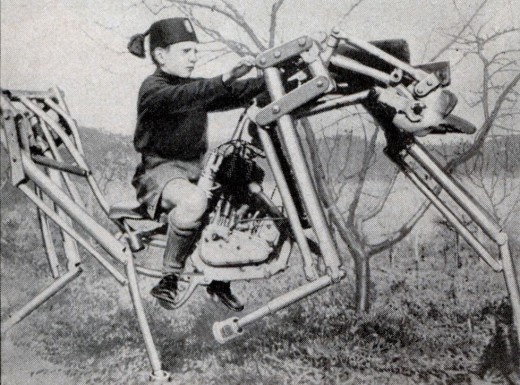
________________
Mark Pauline presents a video of a SRL show in San Francisco entitled A Calculated Forecast of Ultimate Doom (1984). Filmed and edited by Leslie Gladsjø, the video depicts scenes from the Apocalypse. The show begins with an effigy of Jesus riding into the arena on a rocket propelled go-cart. There is a large machine with a canon that acts as a flamethrower and other various machines that attack each other as well as the other props in the show. The cast of props includes a giant flying saucer with a flaming eyeball at its center, a giant clown face, and a life-size depiction of The Last Supper that is eventually set aflame. The show concludes with the total destruction and graceful collapse of all the machines.
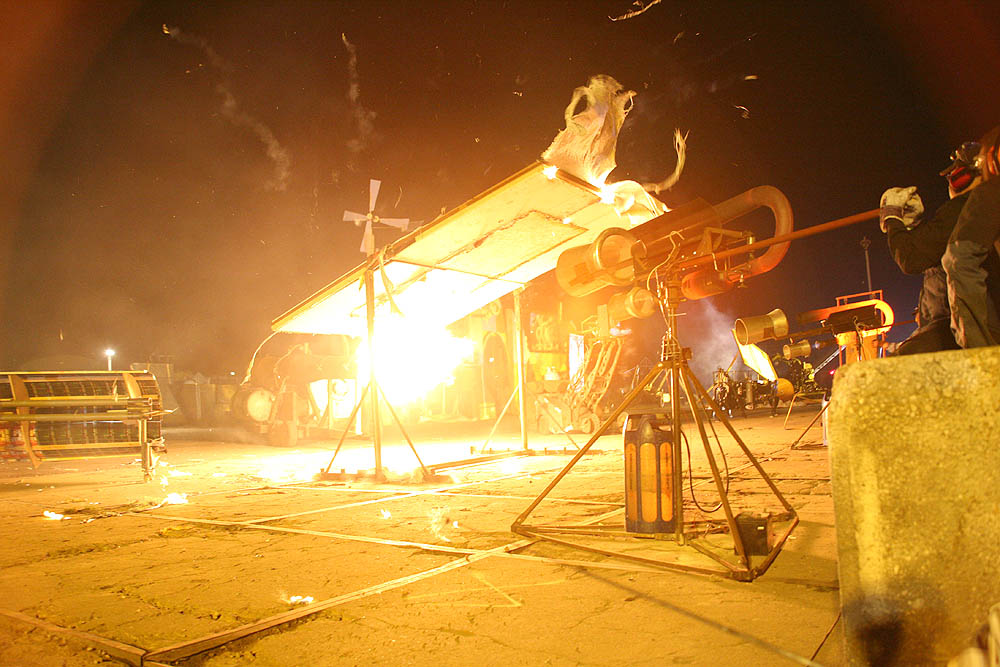
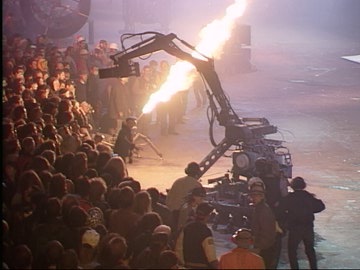
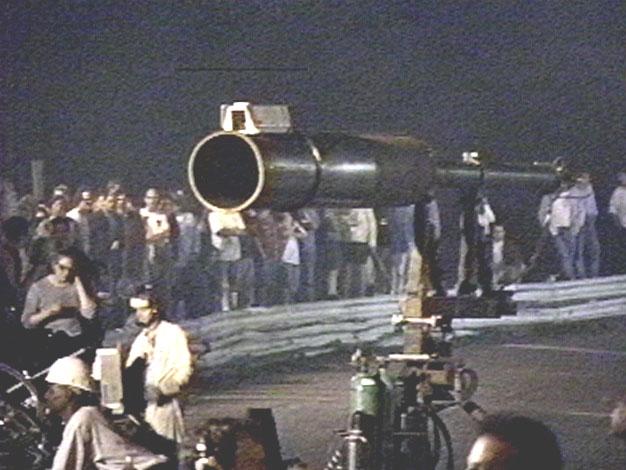


________________
Shiri – Japanese for buttocks – has three main parts: a silicon skin, a pair of actuators and a microphone. The actuators serve as Shiri’s muscles while the microphone senses how the skin is touched. Stroke it and it will clench its cheeks; spank it and it will quiver. Inventor Nobuhiro Takahashi says he invented Shiri because he’s aware that humans don’t just communicate verbally; we also have physical reactions or expressions. Takahashi also said that Shiri is a great starting point because our butts have large muscles and thus make more visible movements.
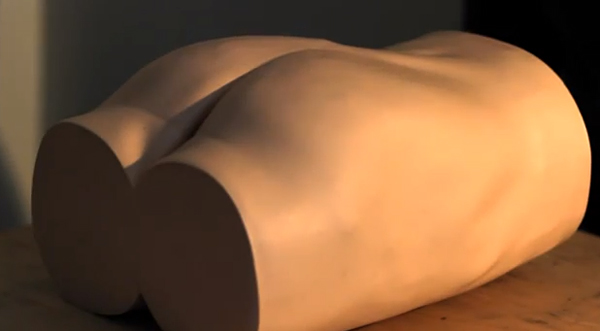
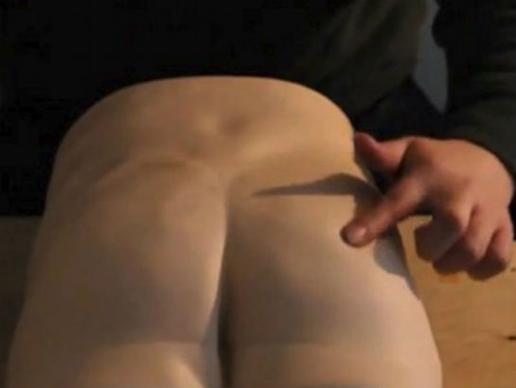
______________
During an illusion where magician David Copperfield attempts to walk through the rotating blades of a 12-foot high industrial fan, the fan and its platform were being rotated by one of David’s illusion technicians. Just prior to David himself walking through the fan, [the assistant] was accidentally pulled into the vortex of the moving fan blades. Audience members watched in horror as the assistant was sucked into the fan, before another staff member rushed to turn it off. An audience member said: ‘One of the assistants dropped to the floor. The curtain came down partially. Blood was everywhere, and the other assistants dragged the victim back. Then the curtain closed all the way.’


_______________
Chain making machine, chicken wire making machine, Spongebob Squarepants toy molding machine, log cutting machine, pipe forming machine, pretzel making machine, ice cream sandwich making machine, Pop Tart making machine, bottle recycling machine.

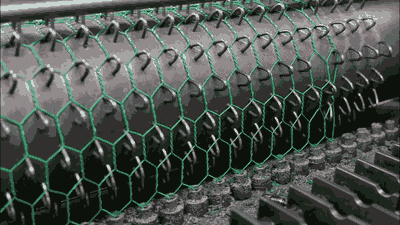





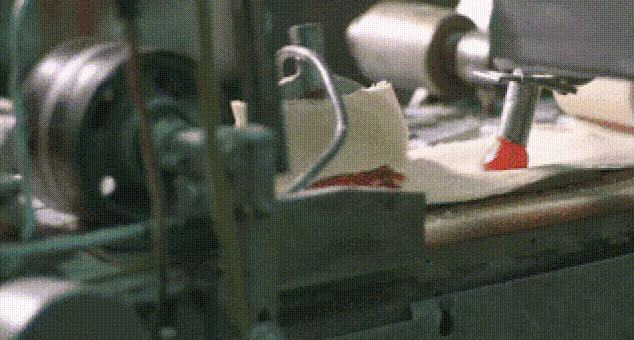

_______________
Cabaret Mechanical Theater started life as a slightly odd crafts shop called Cabaret in Falmouth, Cornwall. It was opened in 1979 by Sue Jackson and sold Peter Markey’s simple wooden toys alongside knitwear and ceramics. With the arrival of Paul Spooner, it wasn’t long before the mechanical pieces started displacing the other crafts.
_________________
These are the first pictures of the two teenage boys seriously injured after their carriage on a spinning fairground ride broke off and flipped over. Danny Keogh and Conor Baker, both 16, were on the spinning Mega Bounce Frog ride at Billy Bates Fairground in Leicester when the terrifying accident happened on Saturday evening. One boy was catapulted into the air, while the other was crushed under the weight of the car.



________________
In 1897, crossing the Atlantic Ocean by steam ship was a lengthy and, in bad weather, stomach-churning proposition. In the days before over-the-counter Dramamine, engineers like Frederick Augustus Knapp believed a “roller boat” – a vessel capable of driving on top of the waves – was the answer to passengers’ woes. His cigar-shaped vessel, 34 metres long, 7 metres tall, was essentially a cylinder inside a cylinder; a stationary passenger cabin around which a giant paddle revolved. The ship was welded together at Polson Iron Works, a shipbuilding company in Toronto, located south of the Esplanade between Frederick and Sherbourne streets. In trials Knapp’s Roller Boat never managed to travel above a crawl, well short of the 200 km/h predicted by its owner. After a brief stint as a ferry, the roller boat was buried under Lake Shore Blvd. by infill. It’s still down there, apparently.

_______________
Mr. Machine is a once popular children’s mechanical toy originally manufactured by the Ideal Toy Company in 1960. Mr. Machine was a robot-like mechanical man wearing a top hat. The body had a giant windup key at the back. When the toy was wound up it would “walk”, swinging its arms and repeatedly ringing a bell mounted on its front; and after every few steps emit a mechanical “Ah!”, as if it were speaking. The toy stood about 18 inches tall (roughly 46 cm).

____
Accident

________________
Artist Tim Hawkinson combines his face and facial expressions in a mechanized sculpture, Emoter, included in the 2002 Whitney Biennial. “It’s something that emotes and it’s motorized and it is an emoter. So why not call it Emotor?”
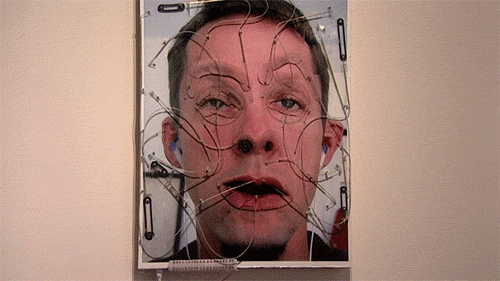
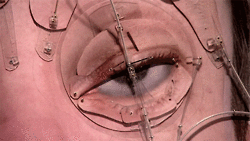

______________
These are creepy messages. They all came from a number that was from a Verizon landline in thorndale, Tx. They all tried calling the number Bach and it was disconnected (in each case the calls had been made within an hour before they tried to call it) None of them know anybody in Thorndale, Tx.
________________
I’m an Animatronic Designer or Creature FX artist. I do movie FX in the traditional way, it’s all in camera. The way they used to do it in the movies my generation grew up with. I started out as a Model Maker at a company called Artem. After a couple of years there, I started to focus more and more on Animatronics, learning from the freelance people that worked there of and on. That allowed me to further my skills and get recognized by my colleagues. This proved more important than tailoring my portfolio. — Gustav Hoegen
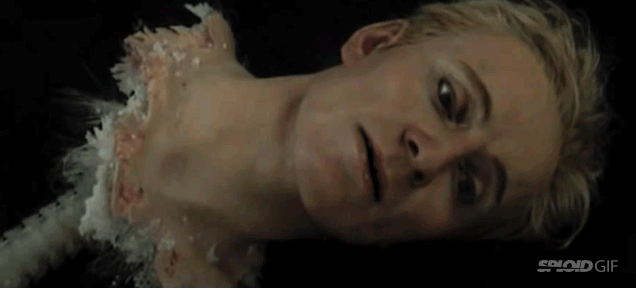
_______________
This is from the 1960’s. It’s a vintage hard plastic Hong Kong import practical joke. Overall, the outhouse measures 5-½ inches high. An outhouse by other names is a privy, etc. It’s where hillbillies in our own US of A used to use prior to having running water in the home — it is generally in REAL LIFE made of wood, but this little mechanical toy is made of plastic — am sure some camps out in the middle of nowhere, etc., still have outhouses… It is ever so cute, so tempting to NOT unlatch that door to see cute silly smirking little boy — reminds me like a billiken is doing, although we KNOW what it LOOKS like he is doing…but wait!! You go to unlatch the door, he turns around towards you and pees at you! Mischievous or what?



________________
Steam Machine Music is a homebuilt mechanical instrument by Morten Riis made mostly from vintage Meccano parts. The instrument is driven by a steam engine that provides the whole instrument with energy. The sound material is generated using two music boxes that are programmable with perforated paper strips, a small Zither – a stringed instrument played with Meccano pulley wheels thus generating continuous drones instead of the normal plucking of the strings. Furthermore a dynamo that generates alternating current, which drives a small Lego engine which output is feed directly to a mixing desk generating a continuous tone which frequency is depended of the speed of the steam engine. Additionally a “drum” machine is incorporated which is built with Meccano parts that can be programmed to consist of up to four simple rhythm patterns; and the most important sound generating part is the sound of the machine itself, the rhythmic patterns and pulsating drones of the steam engine, the squeaking of the gear trains and the rattling of the whole structure is all important parts of the sonic experience. The instability of the entire mechanism is extremely noticeable, and displays and reflects the physicality of the machine to an extreme degree. Everything is imminently about to go wrong, a cogwheel that jams, a screw that loosens itself, a chain falling of, water running out, the loss of steam pressure, gas running out. One could state that this is physical mechanical glitch music, but in contrast to its digital counterpart, Steam Machine Music questions the whole practice and conceptualizing of machine music in a historical perspective that points to the fact that machines always have been malfunctioning, they have always broke down, there has always been a ‘real’ physical mechanism that challenged the predetermined functionality of the machine.



______________
Turn your kitchen into an IHOP with the ChefStack automatic pancake machine. For the list price of $3,500, it can spit out perfectly shaped pancakes at the rate of 200 per hour.
_____________
The Darwin-Coxe Machine, circa 1900-1920s, in which the insane were swung until quiet. It was located at The Narrenturm, a home for mental patients in Vienna, Austria.
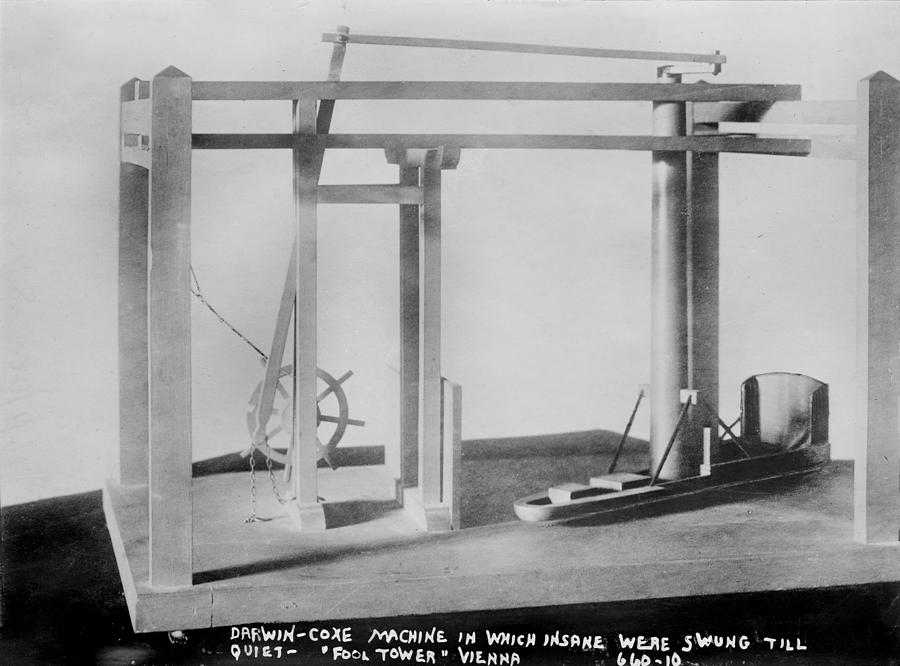
_______________
The Marble Machine is powered by hand, and works by raising steel marbles through the machine into multiple feeder tubes, where they are then released from height via programmable release gates, falling and striking a musical instrument below. Instruments played by marbles striking them include a vibraphone, bass guitar, cymbal, and emulated kick drum, high hat and snare drum sounds using contact microphones. The music score is stored on two programmable wheels that utilise Lego Technic beams and stud connectors to trigger armatures to release the marbles.
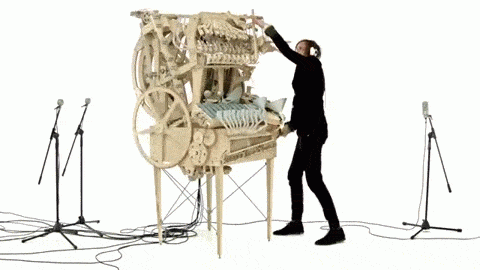
_______________
A 6-year-old boy died after undergoing an MRI exam at a New York-area hospital when the machine’s powerful magnetic field jerked a metal oxygen tank across the room, crushing the child’s head. The force of the device’s 10-ton magnet is about 30,000 times as powerful as Earth’s magnetic field, and 200 times stronger than a common refrigerator magnet. The routine imaging procedure was performed after Colombini underwent surgery for a benign brain tumor last week. Westchester Medical Center officials said he was under sedation at the time of the deadly accident.

*
p.s. Hey. ** jay, Hi. They must be expensive. Not entirely sure about the Spiderman fetish. I’m not very versed in that franchise. I assume there’s some kind of ‘good guy’ being defeated by the ‘bad guy’ power trip thing going on. There was something about ‘Challengers’ that warded me off, and it sounds like that was a good call. Cool about the 4chan thing, I guess, but only one?! Haha. ** Dominik, Hi!!! Dominik and Dominique, it has a nice ring to it. Not too much to ask, no. I haven’t seen a live gig in ages. I wonder who’s coming. I’ll check. My gratitude about the cooler weather is still in the newly de-virginized realm. Assuming you’ve woken from your nap by now, welcome back! Love turning your kitchen into an IHOP, G. ** David Ehrenstein, Hm, interesting Ballardian point. ‘Red Desert’s’ fog is still the gold standard. ** _Black_Acrylic, Hi. My PV voyage got tragically delayed one more day aka today. (My fucked up ear was acting up yesterday, and I daren’t miss the stereoscopic effects). Yeah, sucks about the opera. Scott Walker was going to do the music for it. But then he got too sick, and that was one of the reasons why it crashed. ** Lucas, Hi. School would be so nice if it wasn’t so much work. Theoretically nice, at least. But I’m glad it seems okay so far, and ace on the seeming new friend. It’s telling that judgy people never seem to judge themselves. Oh, god, P.E., school’s greatest nightmare. At my high school, they let students who didn’t want to participate sit along a wall and read books for the hour and get a guaranteed D grade aka a passing but very shitty grade. Maybe they’d let you do that? I think there are a number of online lit zines that also publish art. I think SCAB does, for instance? I can have a look if you want. ** Tyler Ookami, Hey! Glad you came back. Except for the karaoke skills (although I did sing for a couple of bands) and the drum kit (I played guitar) and the comedian interest (for me it was acting, I took acting classes), you sound not unlike the young me. How do you try the stand up comedian thing? Are there, like, open mic things or … ? There’s all kinds of promise and pleasure happening in you. ** Adem Berbic, Adem, old chum. Jeez, it’s been ages. So great to see you! London sounds a lot more lively than Paris where everything kind of stopped dead in respect (?) for the Olympics, but we’re awakening. Ad Vat … no, I don’t think I’ve read that person. I’ll check around. Do the Zoom book club thing. It’s fun. I swear by mine. Yes, both Zac and I should be here then. We’re going to the States, but not until the beginning of October. How great! I can’t wait to see you guys! Hugs and love right back to you and the assembled! ** Diesel Clementine, Oh, now you’re ‘ie’. Weren’t you ‘ei’ before, or am I spacing out? I don’t know about the memory thing, I was just thinking aloud. I just thought if you made the memory yourself it would stick better and longer than if you received the memory by proxy, but I don’t know. If I see the ‘Alien’, it’ll either be in 4DX or in the worst manifestation possible on a plane flight’s little, tiny screen. That’s how blockbusters should be treated. Maybe. The opera was really kind of complicated and hard to describe in a nutshell. Let’s see … there would have been a hotel onstage, a fully built hotel, furnished in great detail inside and out, but the audience would only see the facade, and they would hear the opera happening inside the hotel with complex spacialaization tech that would allow them to hear where inside the hotel things were happening and sometimes they’d see bits of things happening through a window or something. And stuff like that. But more complicated. No, I haven’t looked at it yet. I’m really slow. I will. You weren’t meandering, and I’m glad you sent it. ** Uday, Hi. You know, I know ultra-little about opera. I’ve hardly seen any. The opera thing was Gisele’s and Dominique’s idea as they’re both really into opera. And they liked that I didn’t know how operas work. LA! My hometown! I’ve seen both the ‘LA Plays Itself’ doc and the Halsted film. How long is your layover? I hope you managed to get out of LAX and see things. Where next? ** Harper, Odd, the comments. I know nothing about imgur either. Strange, but certainly good, about your grandma’s fake request. Awesome that you found your way into Joy Williams! I think she’s my favorite living American fiction writer. Great call: your analysis of her dialogue. She’s a wonder. I’m so glad you like her work. ‘Concise and confusing at the same time’: the absolute ultimate. ** PL, Hi, P, if I may call you that. Oh, sure, there are bestiality guys on those sites. Not a ton. And mostly it’s slaves saying ‘I’ll even do bestiality, that’s how submissive I am’. There are furries there, for sure. Honestly, the only reason there haven’t been many here is because their profile texts generally aren’t so interesting and are overly to the point and are usually kind of all the same. They mostly seem to just want to ‘rawr’ at each other and cuddle. I’m mostly looking for odd and oddly written profile texts when I search there. Oh, yeah, like the Lion King-like furries. There are a lot of those. I like the guys who want to be dolphins, but dolphins aren’t furry, so I don’t know if they count. I’m not on Twitter, but the Suolaxier thing looks interesting at the tiny peek that Twitter allows non-Twitter people to take sometimes. My take on furries … I don’t know, it’s cool, it’s fascinating. I have friends who are furries, and I do want to sit down and query them heavily about furrydom one of these days. I’m happy and grateful that the slave posts have input into your work. That’s really the ultimate compliment that the blog’s stuff can get for me, so thank you for saying so. I’ll check out the Marcell Jankovics short after I’m out of here. Thank you! Always a pleasure to get to talk with you too. ** nat, Cool, glad her work entered you. Yes, no need for prim and proper behavior around me, obviously. Although prim and proper is full of interest as well. Me too: I like creating word-based things from video games. And I made a video game with Zac and the musician Puce Mary, but it’s not finished yet. Egoyan’s fall down isn’t all that slow, if I’m remembering right. Right, visiting friends are always asking me to recommend an old fashioned French cuisine restaurant, and I don’t know squat about them, and no one I know here ever eats at them. Whenever I happen to walk by one, there’s never any actual French person eating there who’s under, like, 70 years old. Later gator. ** Right. What’s today’s post about again … oh, right, machines. See you tomorrow.
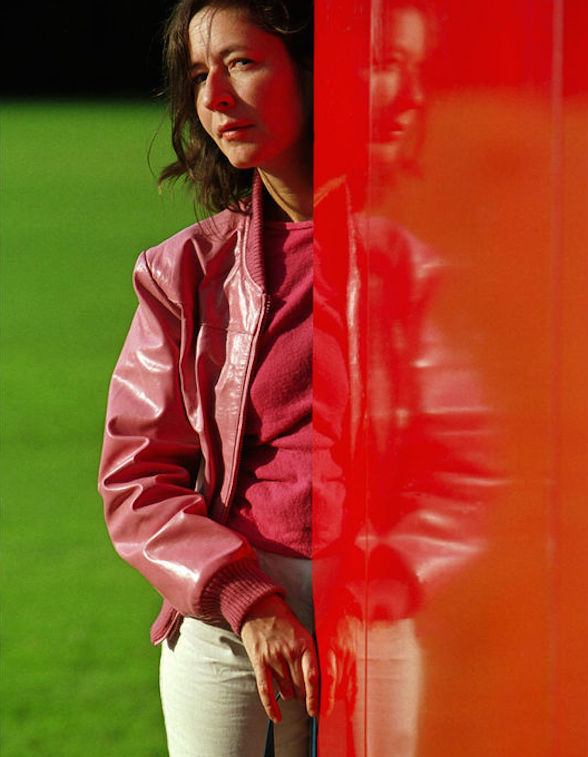
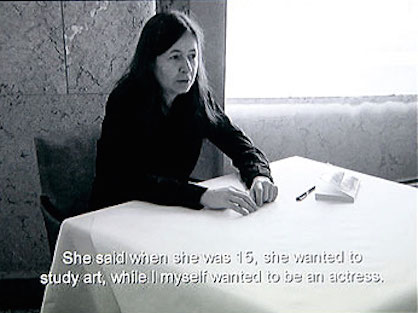
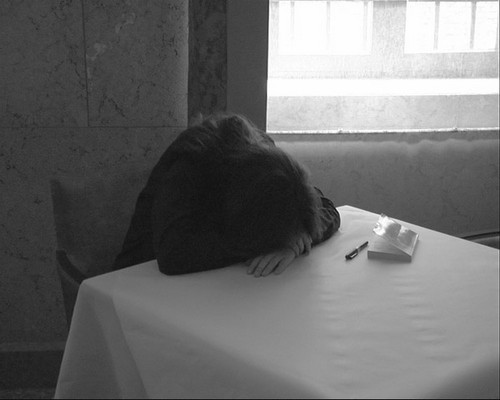





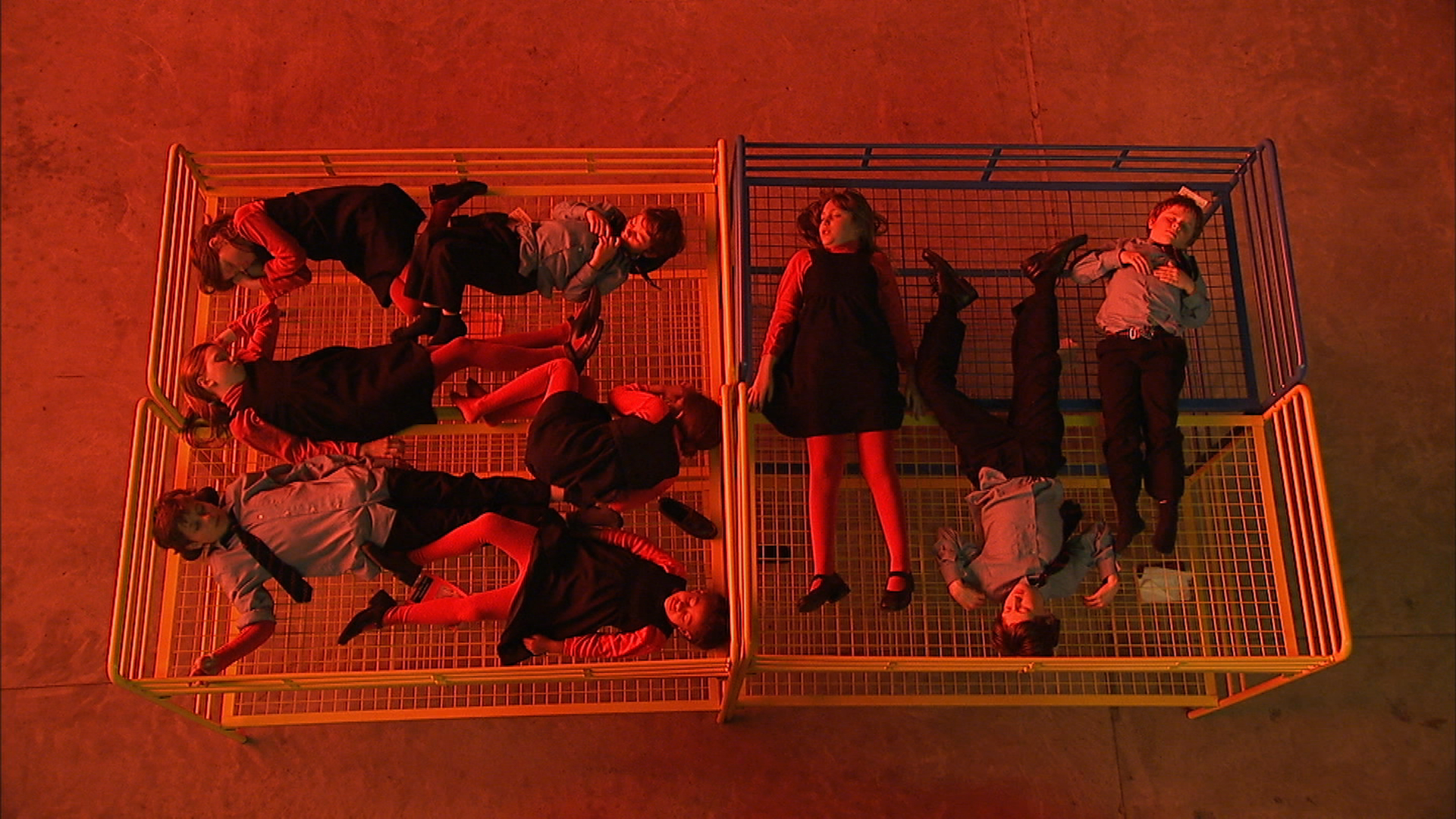
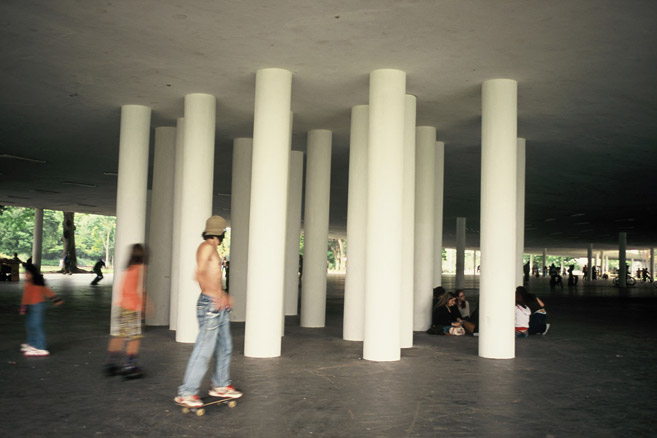
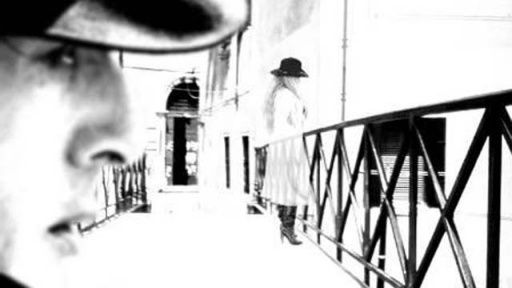
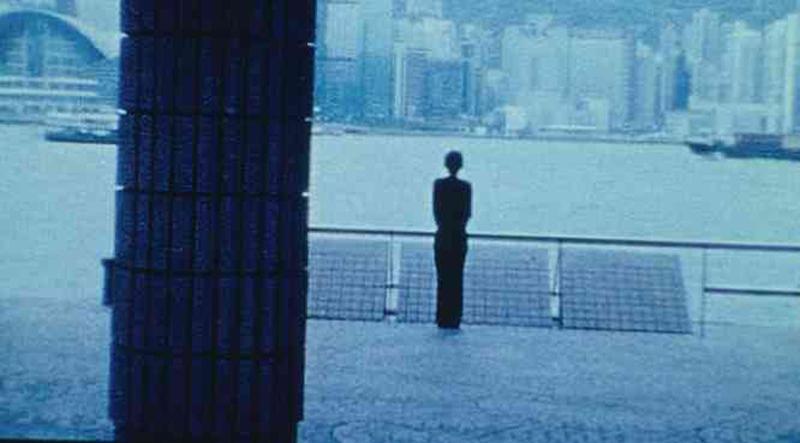


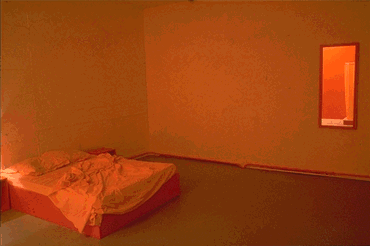





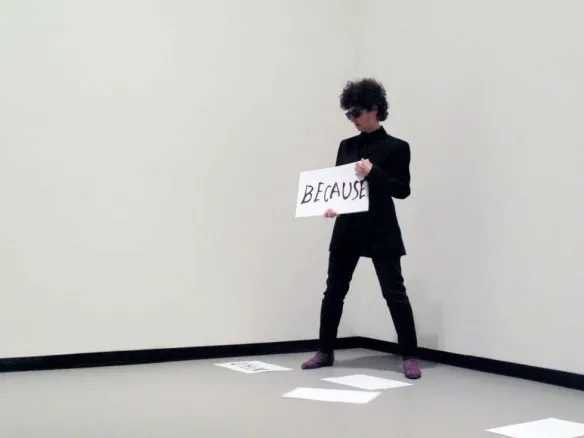


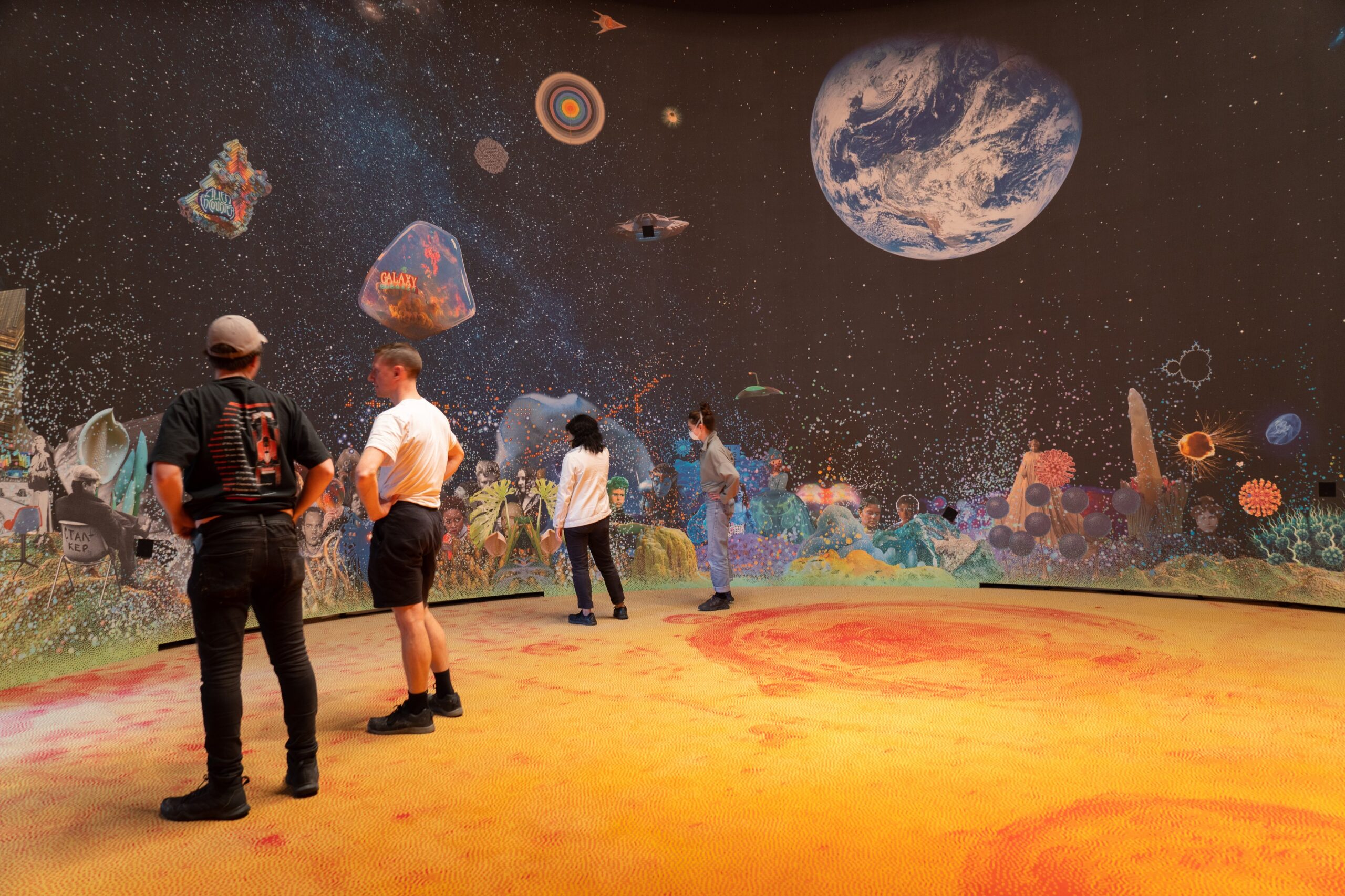

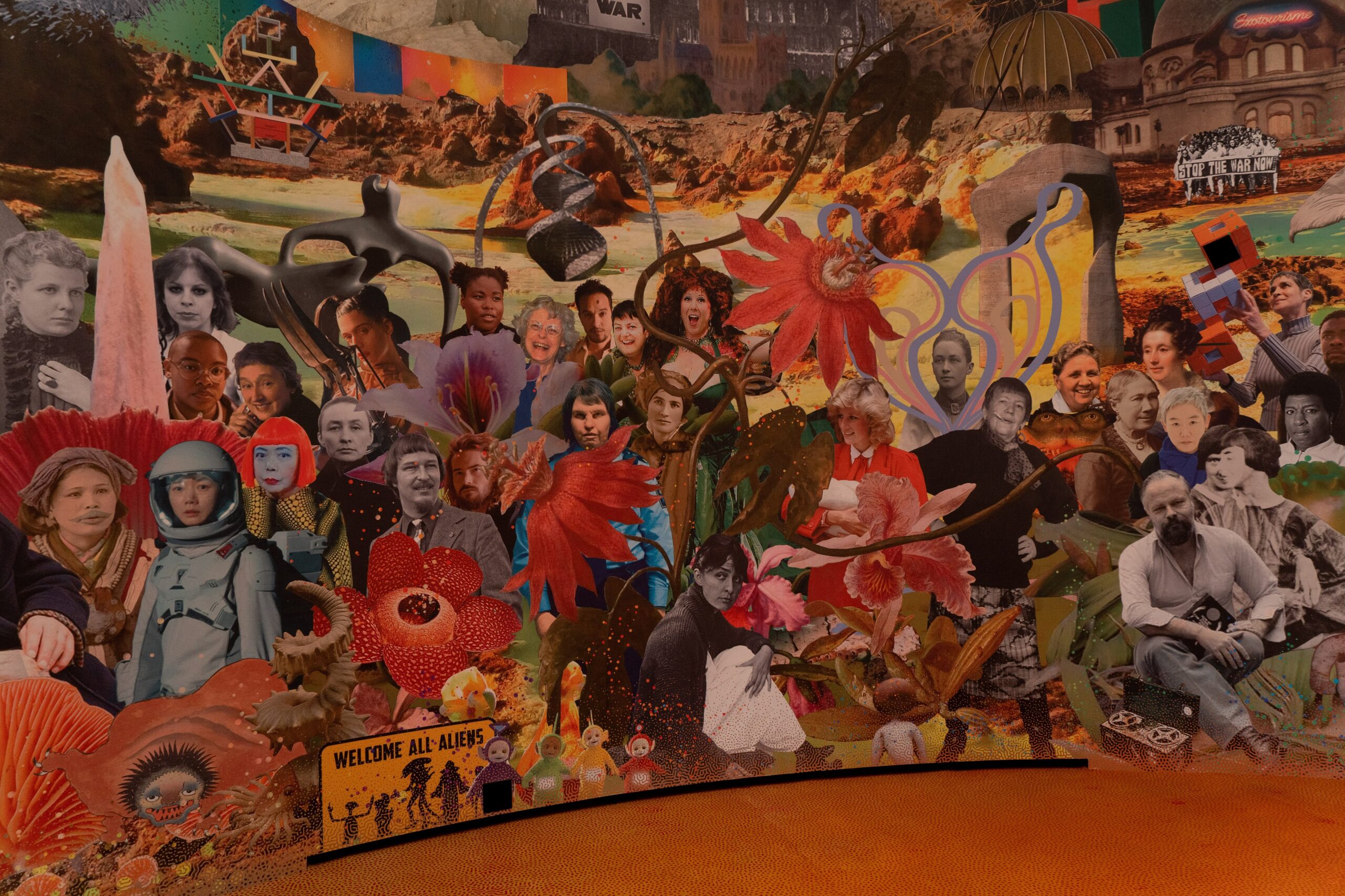
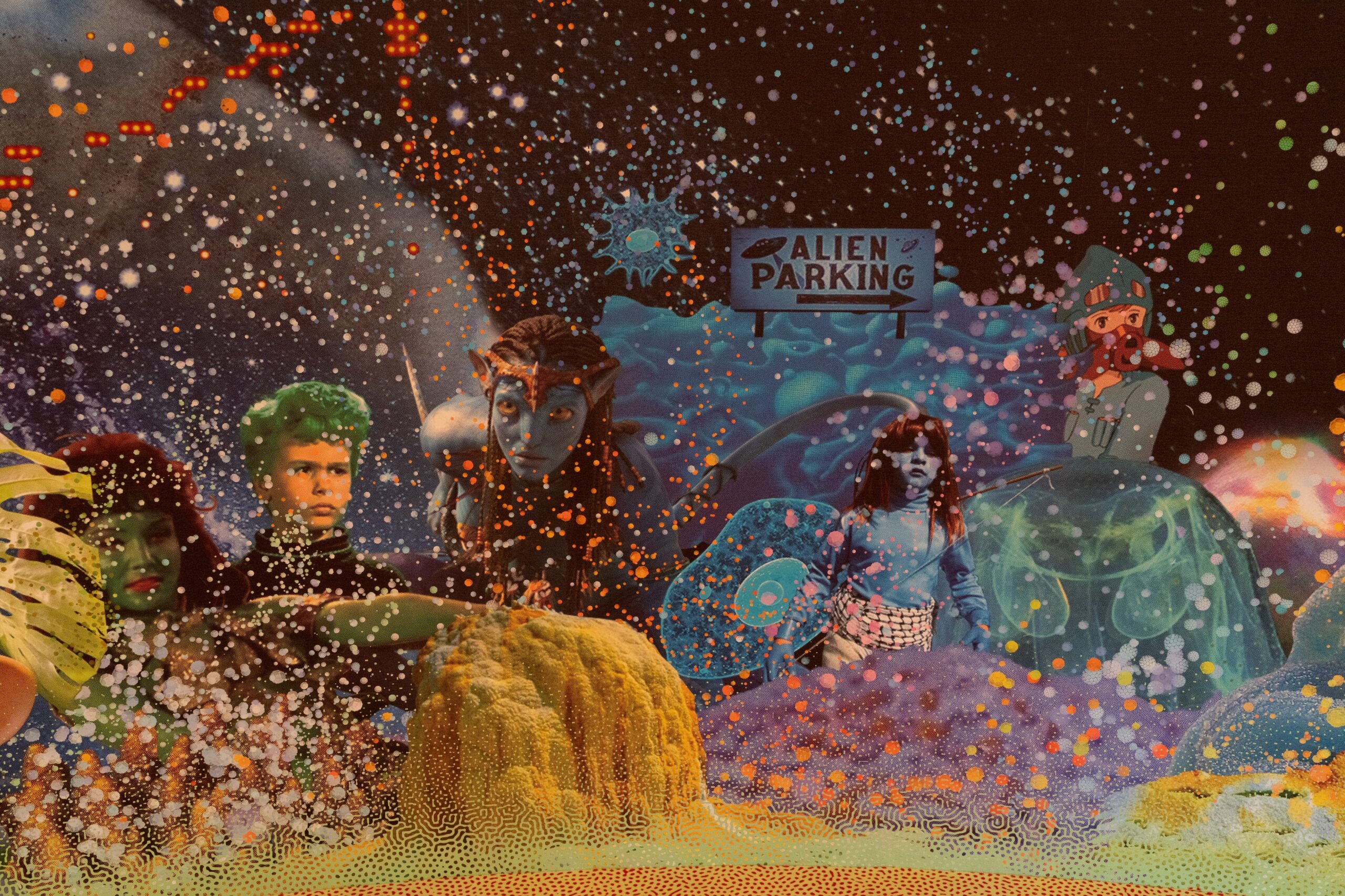





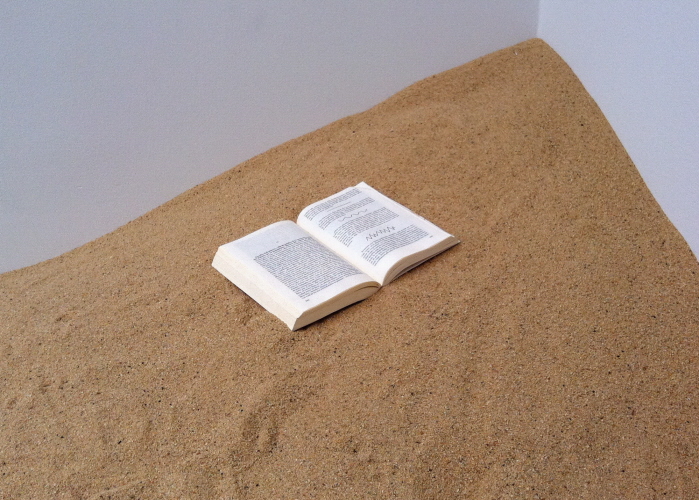
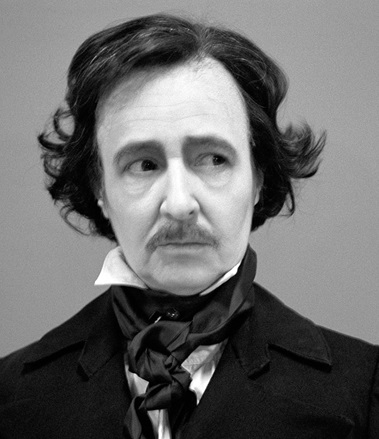


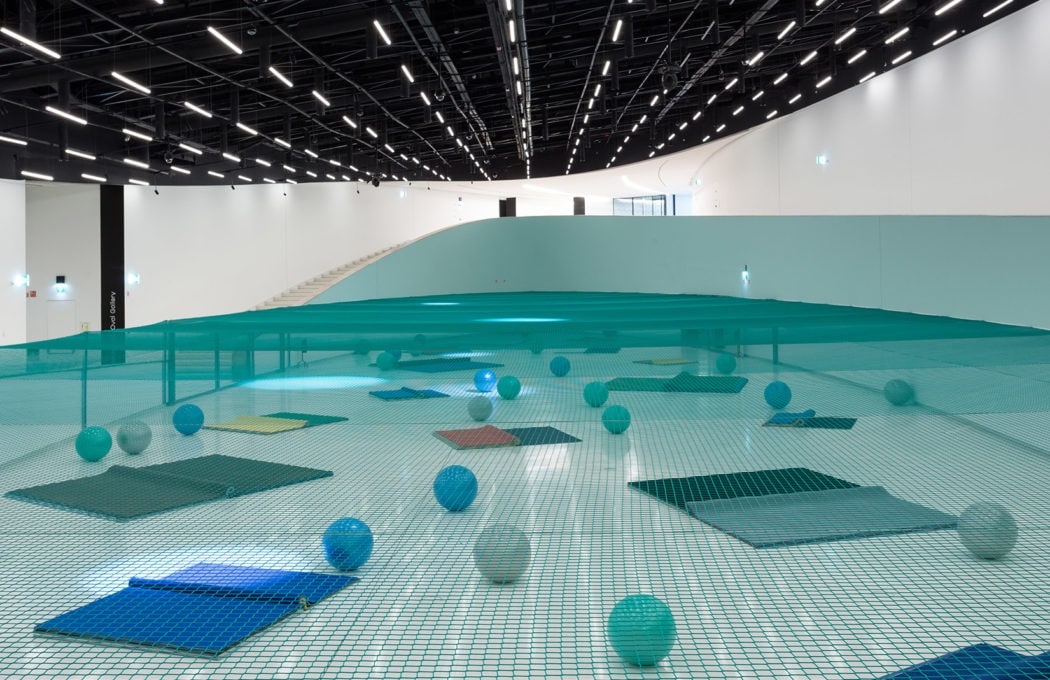








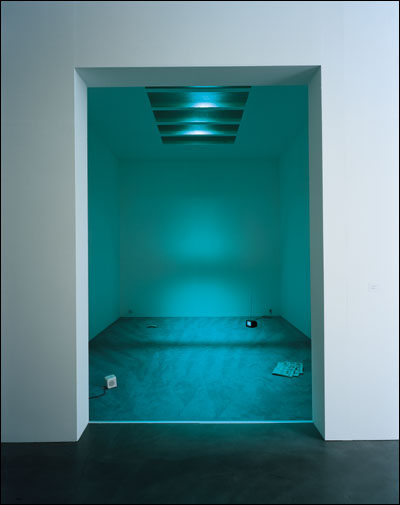



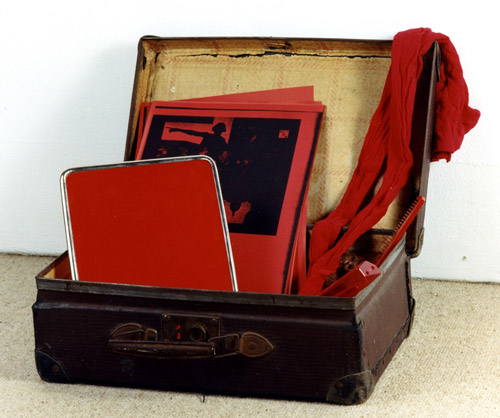


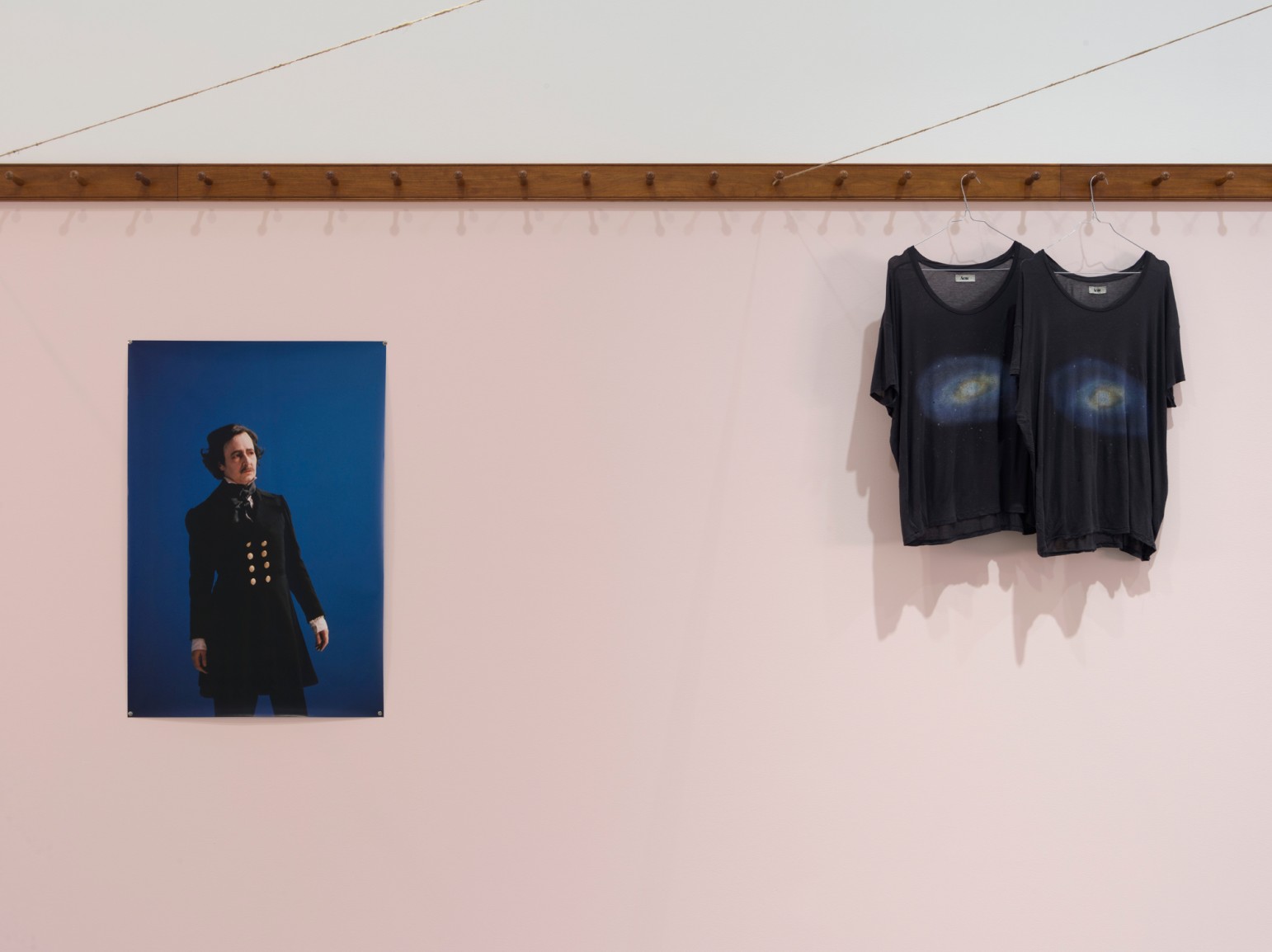
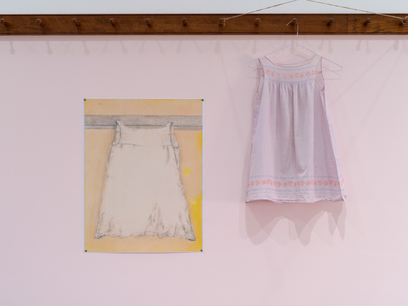






 Now available in North America
Now available in North America 